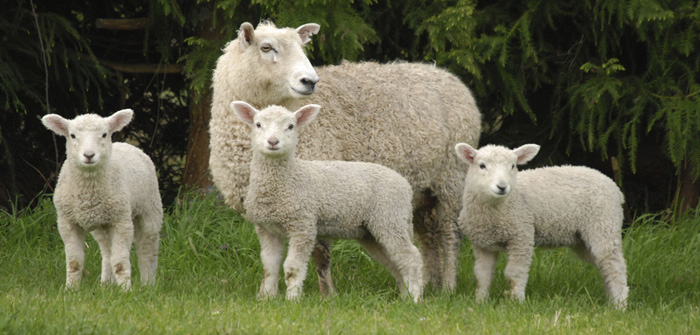Warm wet weather is causing a sudden rise in worm egg counts and could pave the way to an earlier fluke season this year, according to the latest results.
Results from farms involved in the Zoetis Parasite Watch scheme shows that areas which have seen warm and dry weather followed by sudden wet weather, such as South West Scotland and Wales, have seen a rise in worm egg counts.
At Graeme Mathers farm, Fern, Angus, a low egg count was recorded on June 11, but by June 21 the faecal egg count had gone up to 315 eggs per gram (epg) and Nematodirus up to 420 epg.
When analysing results, 250 epg is a suggested cut off for most worms, above this it is high enough to be causing production losses.
Similarly, in Peebleshire at Posso Farm, a test on June 9 revealed very low worm egg counts, but results from June 28 found Nematodirus up at 735 epg and worm egg counts at 350 epg. Farmer Allan Smellie said he was surprised to see Nematodirus so late in the season.
“Normally we would see Nematodirus earlier on, but we haven’t had much of a problem up until now,” said Mr Smellie.
“This has been the most beneficial result we have had, because as soon as the results came back, we brought the lambs in and treated them with a clear drench because it was a mixed burden.
“The lambs weren’t showing any signs, but it was obviously underlying. With lambs worth such a lot of money just now we don’t want any set-backs.”
Mr Smellie, who will be selling more than 1,200 lambs over the next couple of months believes the weather played a part in the late Nematodirus challenge.
He said: “At the end of May and beginning of June it was really dry and warm, but towards the middle to end of June it got wetter providing perfect conditions for the eggs to hatch.”
Zoetis Vet Dave Armstrong puts the late Nematodirus challenge down to the weather.
“Dry weather followed by sudden rain and an increase in temperatures is the perfect climate for worms, which is why we are seeing some higher counts,” he said.


